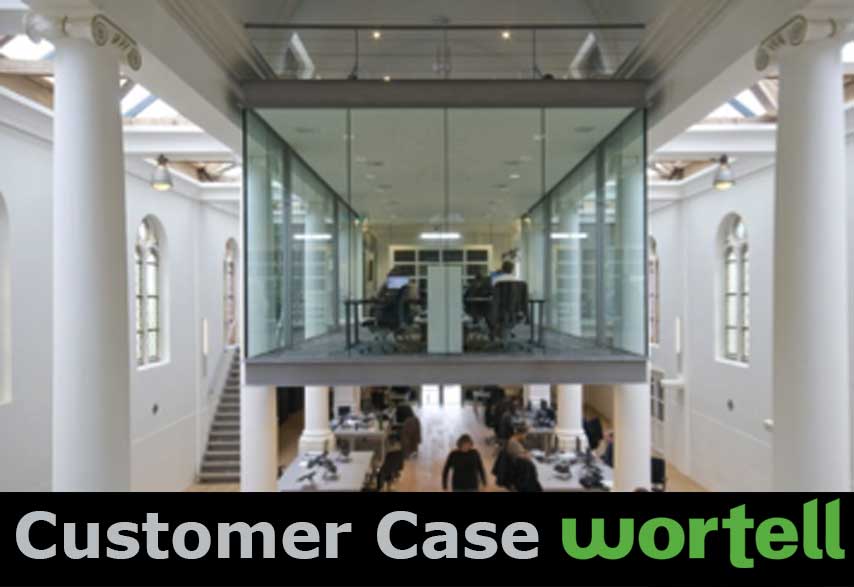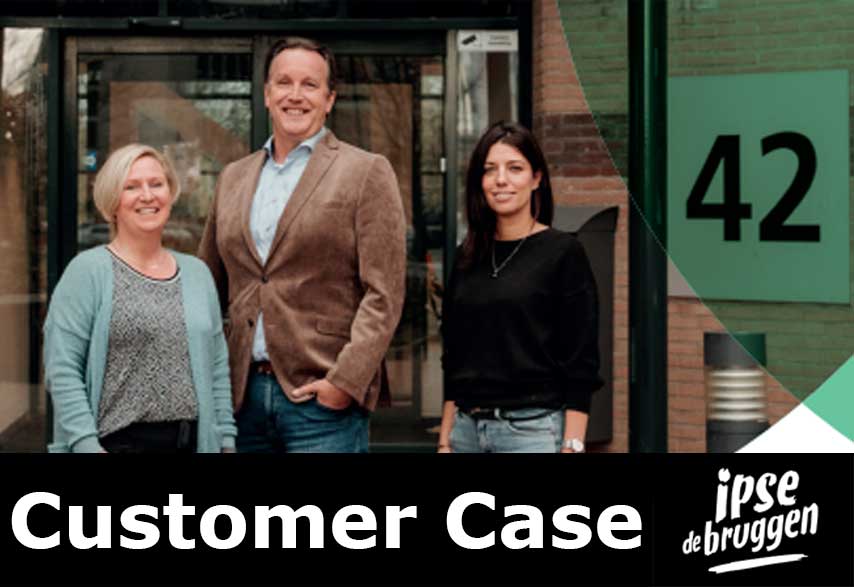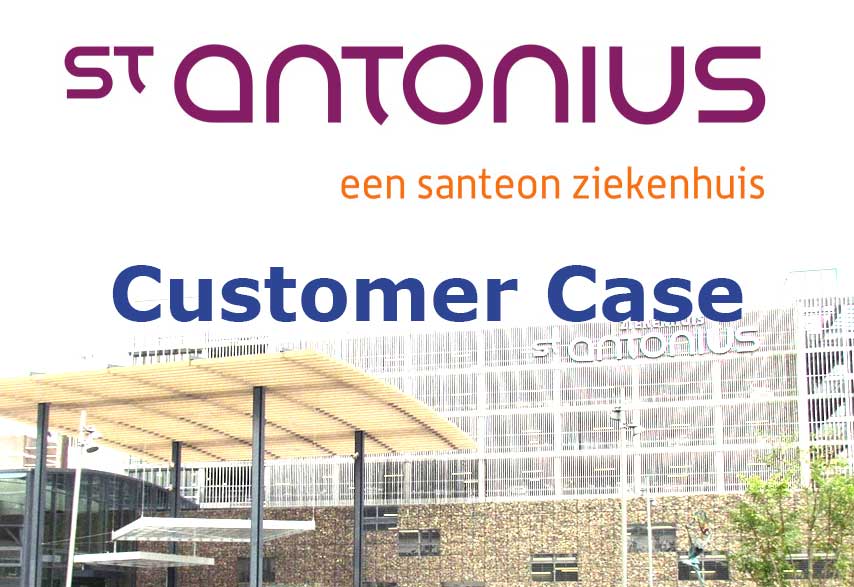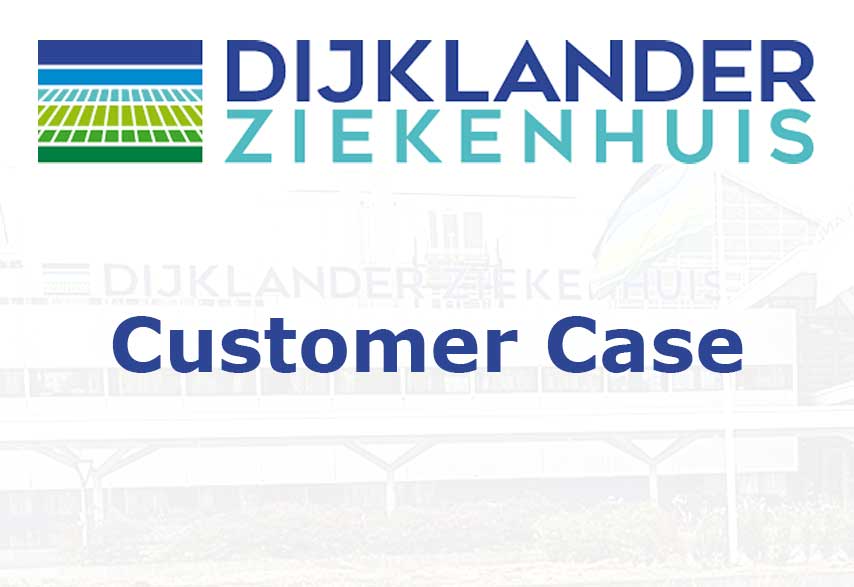Processes don’t stop at borders, they stop when the result is achieved. Processes describe how services are created and should therefore cover the entire IT service delivery chain. The IT-department, the suppliers, and also the customer. End to end IT services use many elements of the information system, from laptop to network, applications, databases and servers, and back to the laptop. Only if the chain functions and is well supported (we create services, not systems) the service exists.
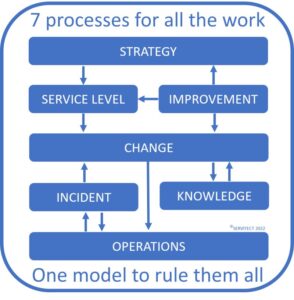 The role of the customer
The role of the customer
The customer is an indispensable part of the chain. The role of the customer is not only to commission and pay for the service, but also express clearly the business requirements and expectations, organize the internal roles, execute change acceptance and actively give feedback on the experienced service.
Highly under estimated
The role of the user is highly under estimated. Not only does he apply the service in his daily work, and therefore is the only one who can inform us about user-experience and demands. He also is highly involved in creating the IT service. Signaling incidents, deliver accurate information, acceptance of solutions, but also requesting user changes, executing user acceptance and expressing functional wishes.
User is co-creator
You could say, the user does not only drive the car, but also executes 0-line support. He fills up the tank, checks the tyres, refills the oil, clean the car eg, The user makes the service applicable and therefore is part of the service delivery chain and is co-creator of the quality of the service.So when you implement and manage your processes you should take care that all parties fulfil their role. Customer, IT-department and suppliers. Processes don’t stop at borders, they stop when the result is achieved.That’s co-creation.

Wim Hoving
(Result-oriented connector
of People and Process,
architect of the ISM Method)


